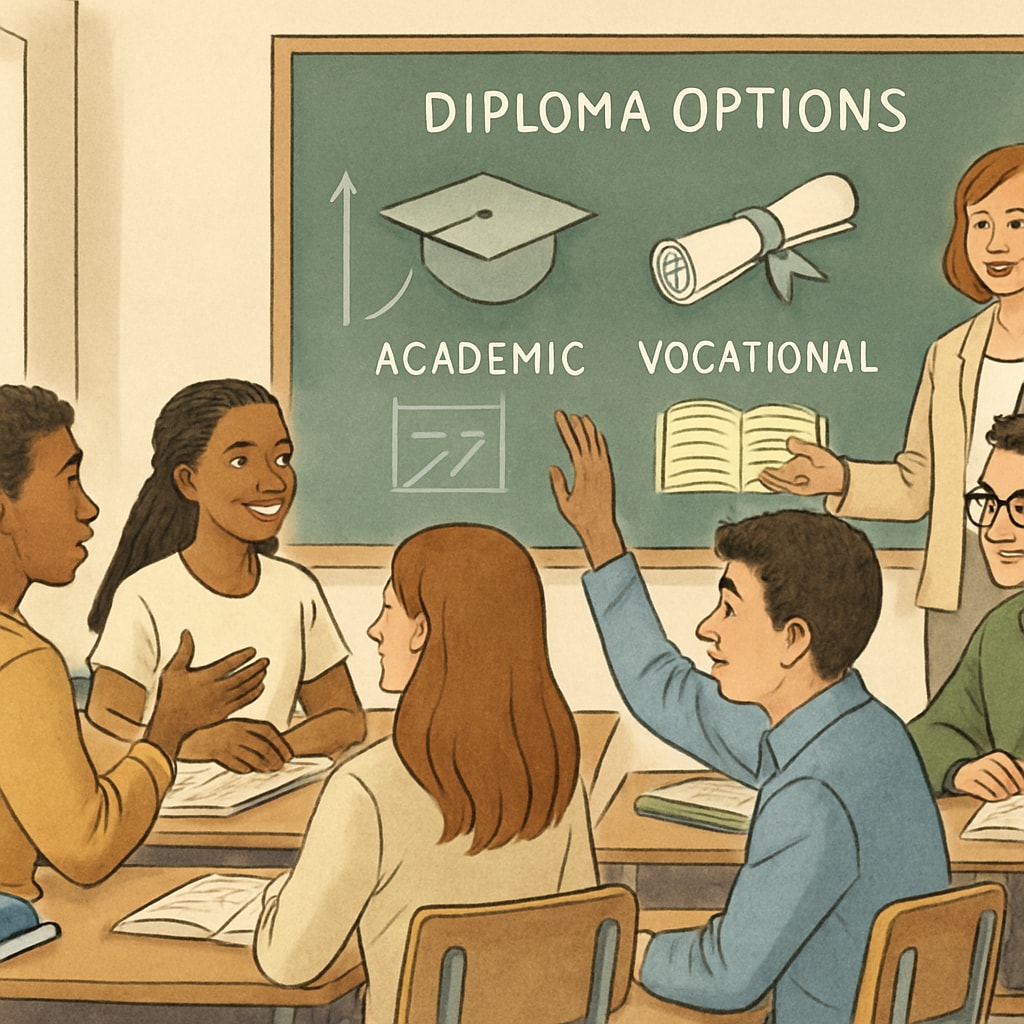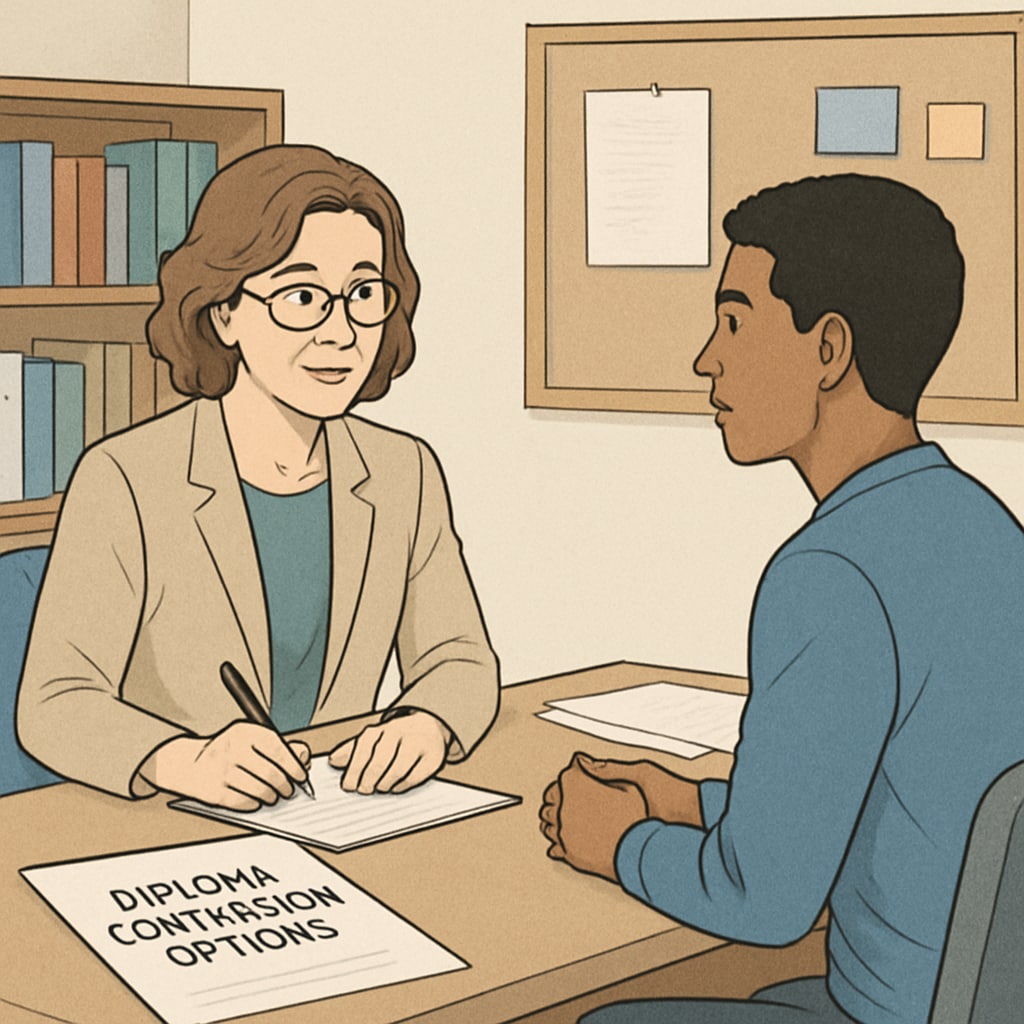Many high school graduates with corrective diplomas often face regret and uncertainty about their future options. The differences between corrective diplomas and standard diplomas can impact career opportunities, higher education access, and personal confidence. For those looking to convert their corrective diploma to a standard diploma, understanding the process and exploring available pathways can be transformative.
Understanding the Differences Between Corrective and Standard Diplomas
The primary distinction between a corrective diploma and a standard diploma lies in the academic requirements that were fulfilled. Corrective diplomas are typically awarded to students who completed alternative coursework or met modified graduation criteria, often due to extenuating circumstances. While these diplomas acknowledge a student’s effort, they may not carry the same weight as standard diplomas in certain professional or academic settings.
For example, employers and colleges may prioritize candidates with standard diplomas due to the perceived rigor of their education. This disparity can lead to feelings of regret among corrective diploma holders who worry about being overlooked for opportunities.

Addressing Regrets: Is Diploma Conversion Possible?
For those who regret earning a corrective diploma, it is important to know that conversion to a standard diploma is often possible under certain conditions. Options vary depending on state regulations and educational institutions, but common pathways include:
- Supplemental Coursework: Some states or schools allow individuals to complete additional classes to meet standard diploma requirements.
- Adult Education Programs: Enrolling in adult education programs can help students earn a standard diploma or equivalent certification.
- GED or High School Equivalency Exams: Although technically not a diploma, passing these exams demonstrates equivalent knowledge and can open doors to higher education and better job prospects.
To initiate this process, corrective diploma holders should contact their school district or local education board for guidance. Determining eligibility and understanding the necessary steps are crucial for successful conversion.

Psychological Adjustments for Corrective Diploma Holders
Beyond the logistical challenges, corrective diploma holders often experience emotional setbacks, including self-doubt and regret. Addressing these feelings is essential to move forward with confidence. Here are some strategies for psychological adjustment:
- Focus on Growth: Recognize that earning any diploma is an achievement and a foundation for future learning.
- Set Realistic Goals: Define actionable steps toward converting your diploma or pursuing alternative qualifications.
- Seek Support: Connect with counselors, mentors, or peers who can offer encouragement and practical advice.
These adjustments can help individuals view their corrective diploma as a stepping stone rather than a limitation.
Exploring Opportunities Beyond Diploma Conversion
In some cases, pursuing higher education or vocational training may be achievable without converting a corrective diploma. Many colleges and trade schools accept GEDs and other equivalency certifications, allowing students to bypass potential barriers. Furthermore, building a strong resume that highlights skills, experiences, and achievements can mitigate the impact of a non-standard diploma in the job market.
Ultimately, the journey from a corrective diploma to a standard diploma—or to other opportunities—is deeply personal. With the right resources and mindset, students can overcome initial setbacks and achieve their long-term goals.
Readability guidance: Use concise paragraphs and bullet points to summarize key points. Include transitions like “however,” “in addition,” and “for example” to improve flow. Focus on practical advice and avoid overly technical jargon.


